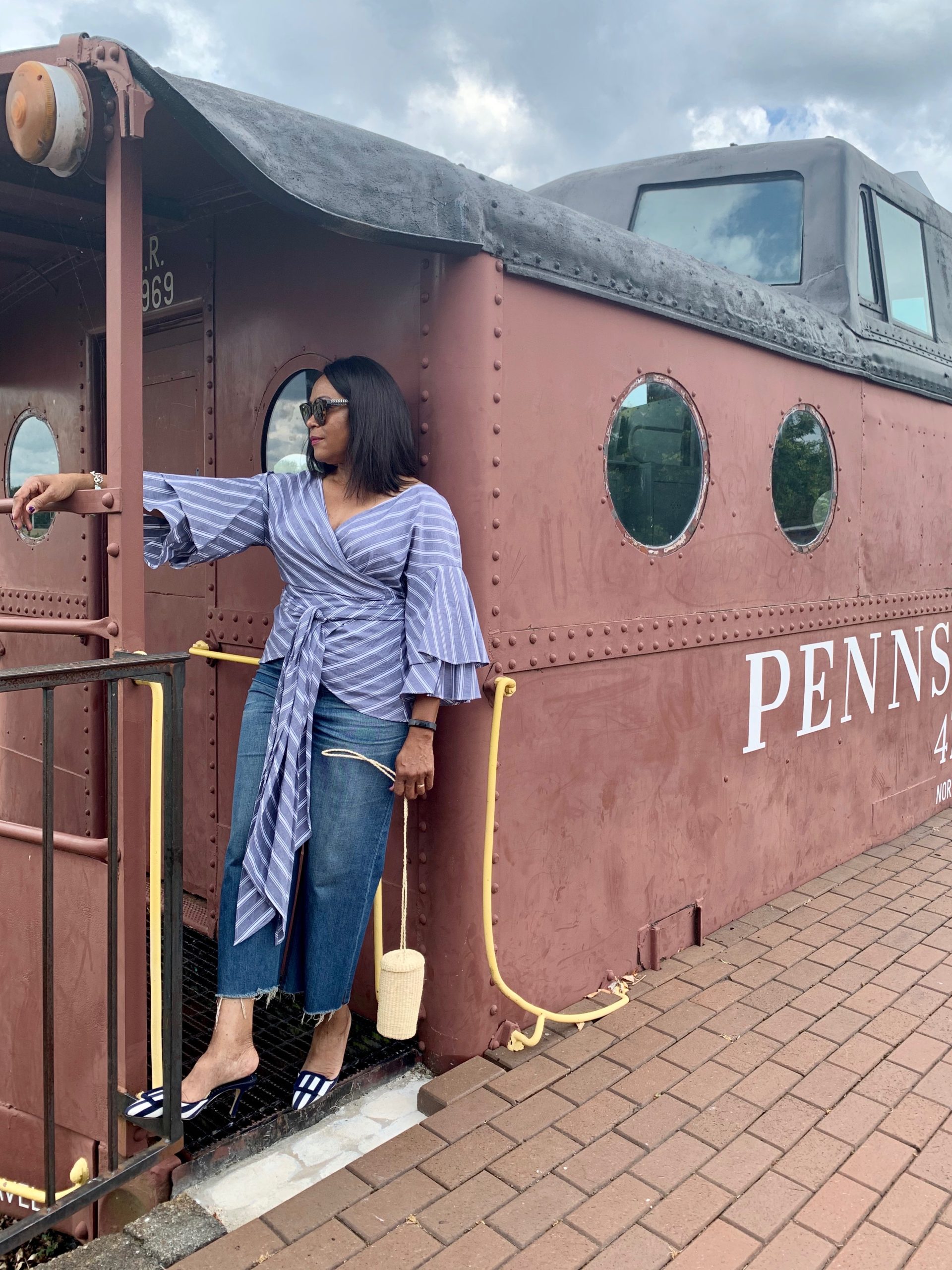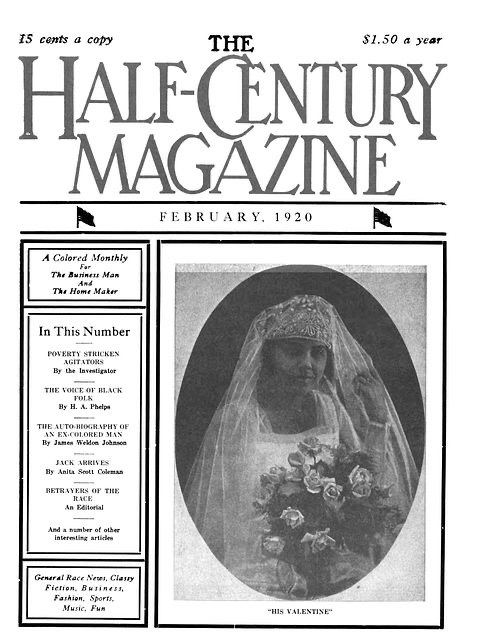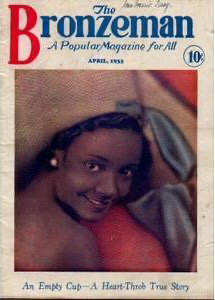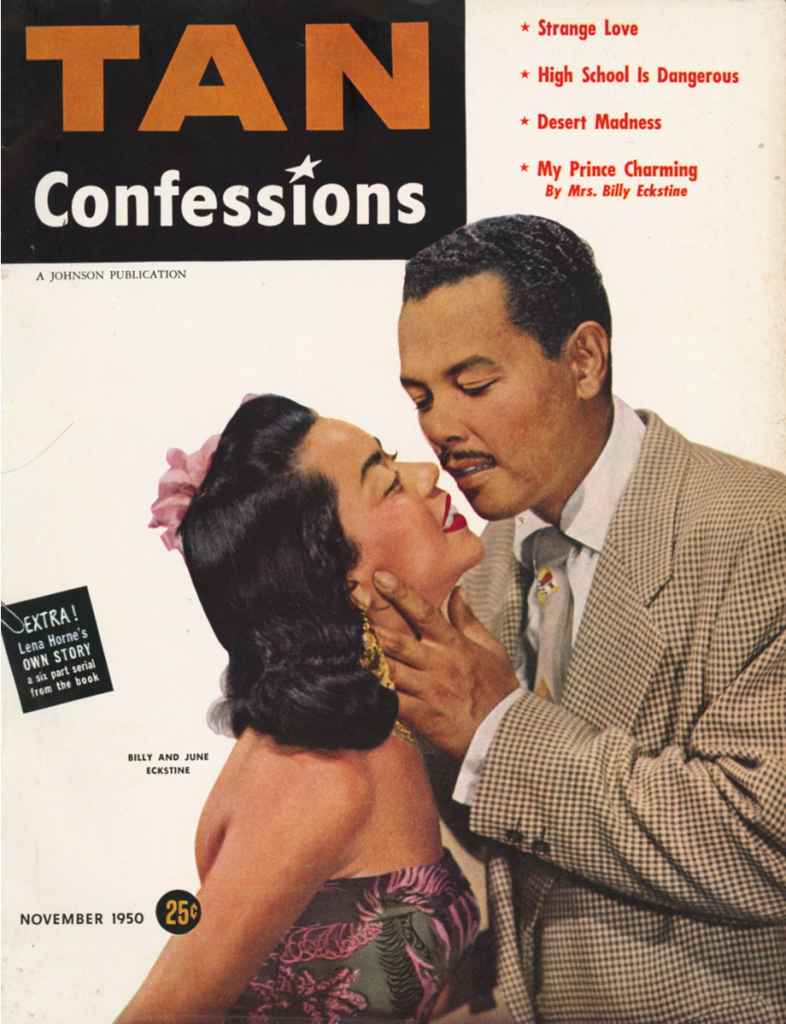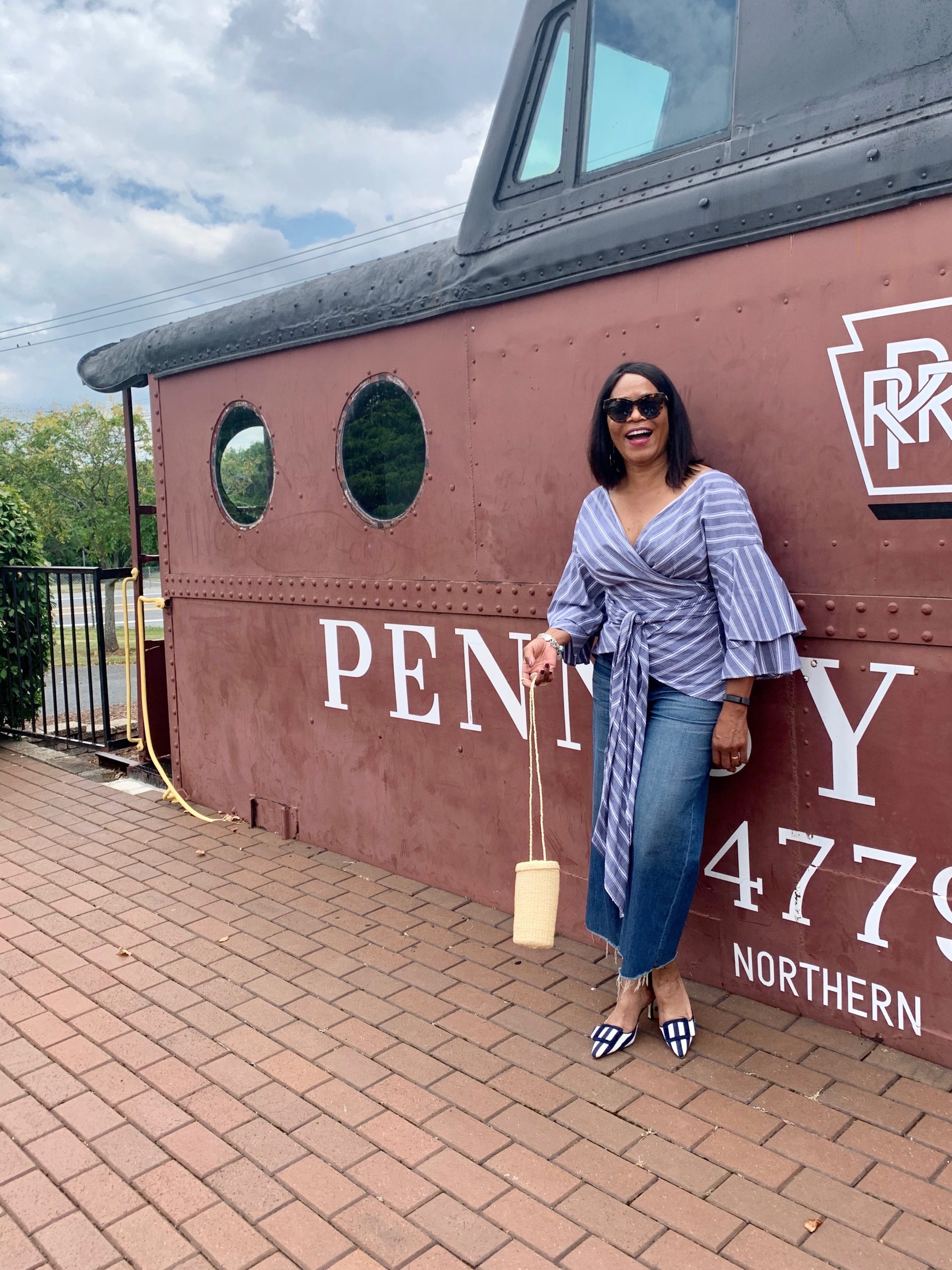
In last week’s post, I shared that Essence Magazine celebrates 50 years of beauty, fashion, and culture for African American women. Through further exploring, I learned about the numerous publications for black women before Essence Magazine in 1974.
Who knew I was scratching the surface when researching how mainstream magazines don’t portray Black women?
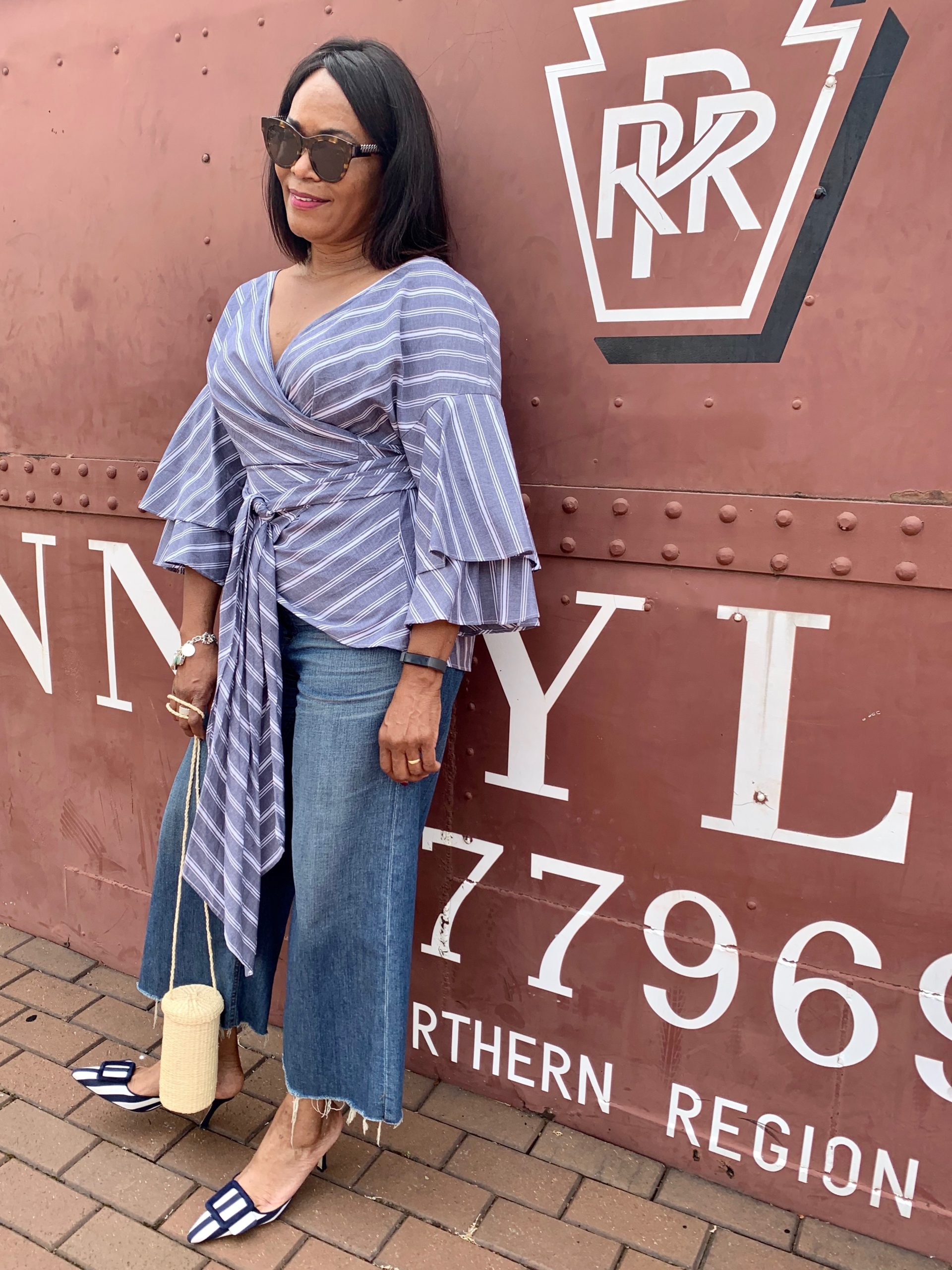
Through a Google search, I stumbled upon “Ladies’ Pages: African American Women’s Magazine and the Culture That Made Them” by Noliwe M. Rooks. Ms. Rooks is an associate director of African American Studies at Princeton University.
Noliwe’s book is a one-stop-shop of historical and educational information regarding publications for black women. We all know Ebony and Jet, but who knew of Julia Ringwood’s Afro-American Journal of Fashion, published in 1891?
Did you know there were eight African-American Women’s publications before Essence? Ringwood’s Afro-American Journal of Fashion, Half-Century Magazine for the Colored Home and Homemaker, and Tan Confessions cover six decades of publishing history, among others!
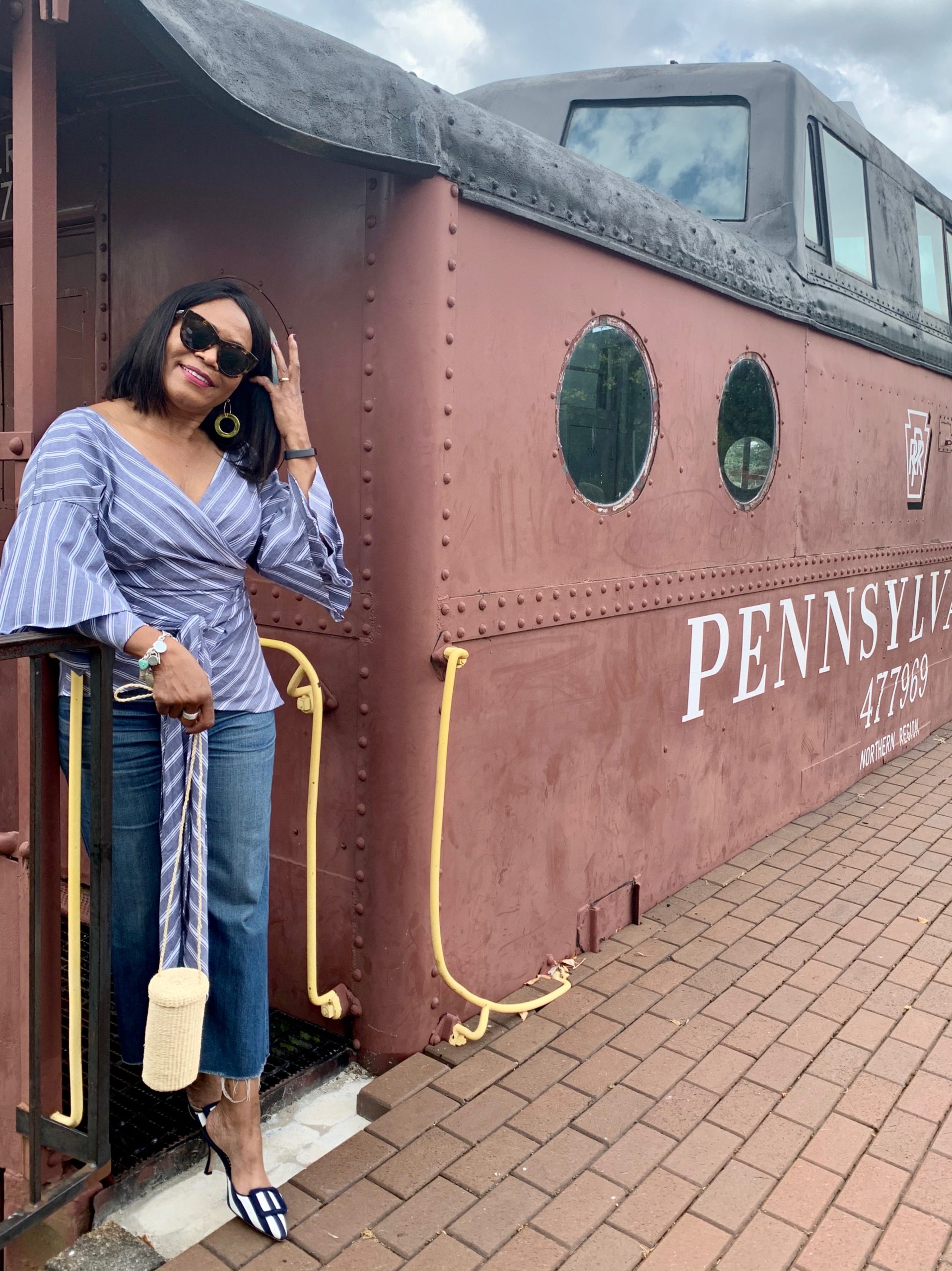
Each magazine was centered in a major city that would become a magnet for African Americans. There was an excellent migration for employment and perhaps a better way of life.
Ringwood’s Afro-American Journal of Fashion: 1891 – 1894
Nearly two generations after the American Civil War ended slavery with the 13th Amendment and freed the people with the Emancipation Proclamation, Ringwood’s Journal was the first popular magazine published by and for African American women in the United States.
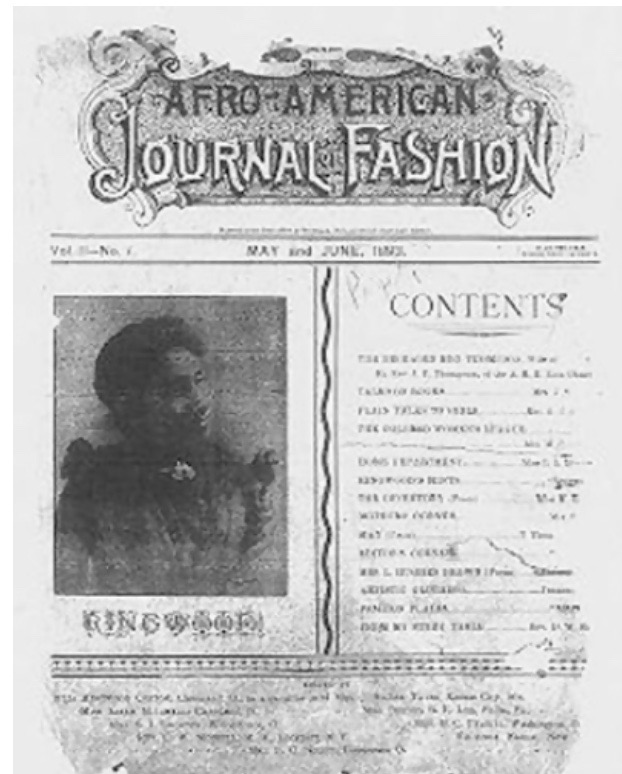
The Cleveland, Ohio, based magazine with subscriptions throughout the United States and parts of the Caribbean sojourned on for only four years. The debut issue received immediate nationwide praise, with sixteen pages containing illustrations of the latest Paris fashions.
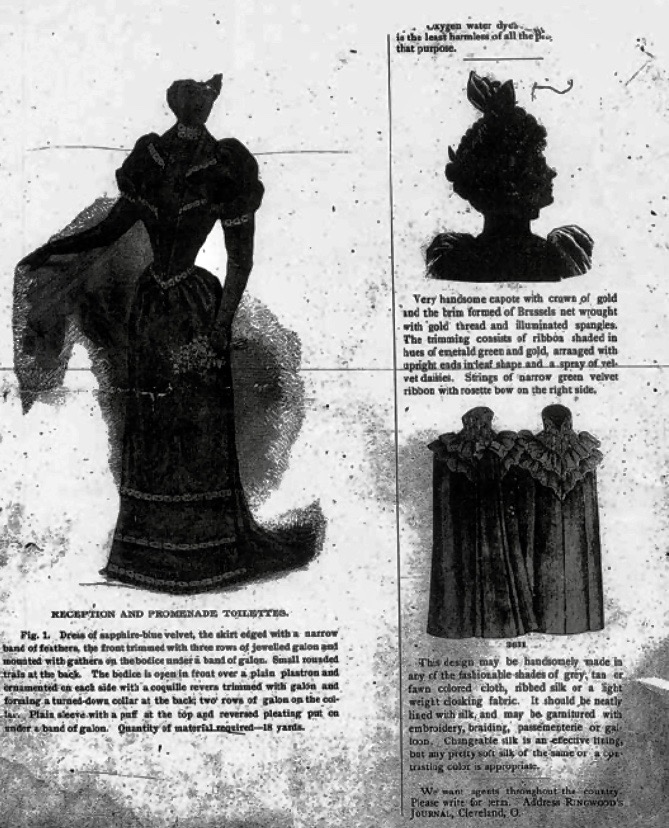
Other subjects covered in Ringwood’s Journal of Fashion are dressmaking patterns, articles on dress reform and health, biographical sketches of prominent African American women, and poetry.
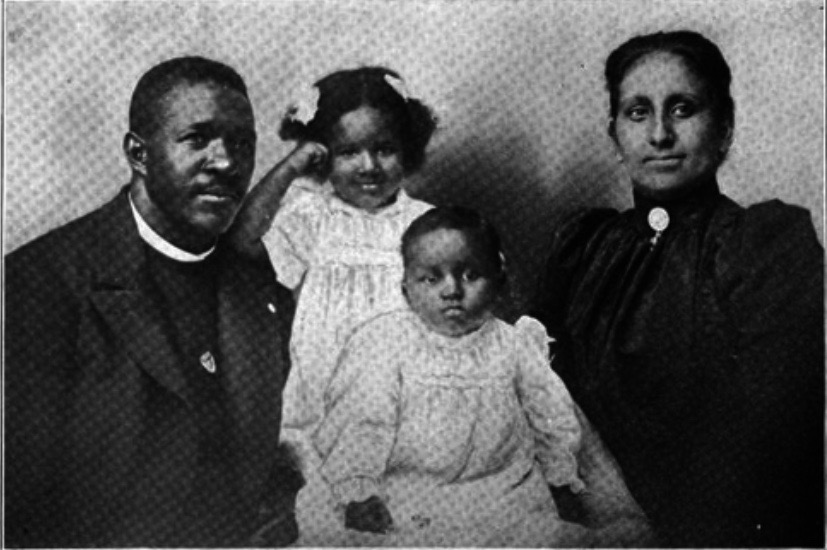
Not much is captured about the life of this 19th-century Washington, D.C. pioneer. Julia Ringwood Coston she’s not a Harriet Tubman or Sojourner Truth. However, worth noting, born in 1863 on Ringwood’s Farm in Warrenton, Virginia. In 1886, she married W. H. Coston, noted author and Wilberforce and Yale Divinity School graduate.
Our Women and Children: 1888 – 1891
Our Women and Children, a magazine published in Louisville, Kentucky, by William J. Simmons, president of State University, now Simmons College of Kentucky, featured the work of African-American women journalists and covered both juvenile literature and articles focusing on uplifting the race.
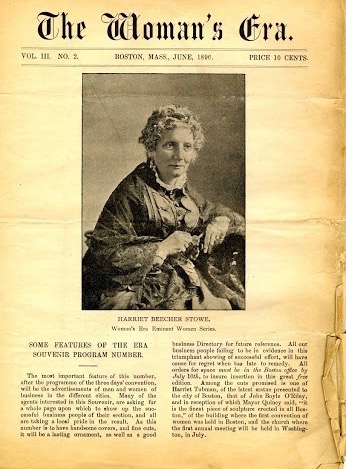
Women’s Era/Club: 1894 – 1897
Black women’s first national newspaper, Women’s Era, published by and for African-American women in Boston. The editor and civil rights leader, Josephine St. Pierre.
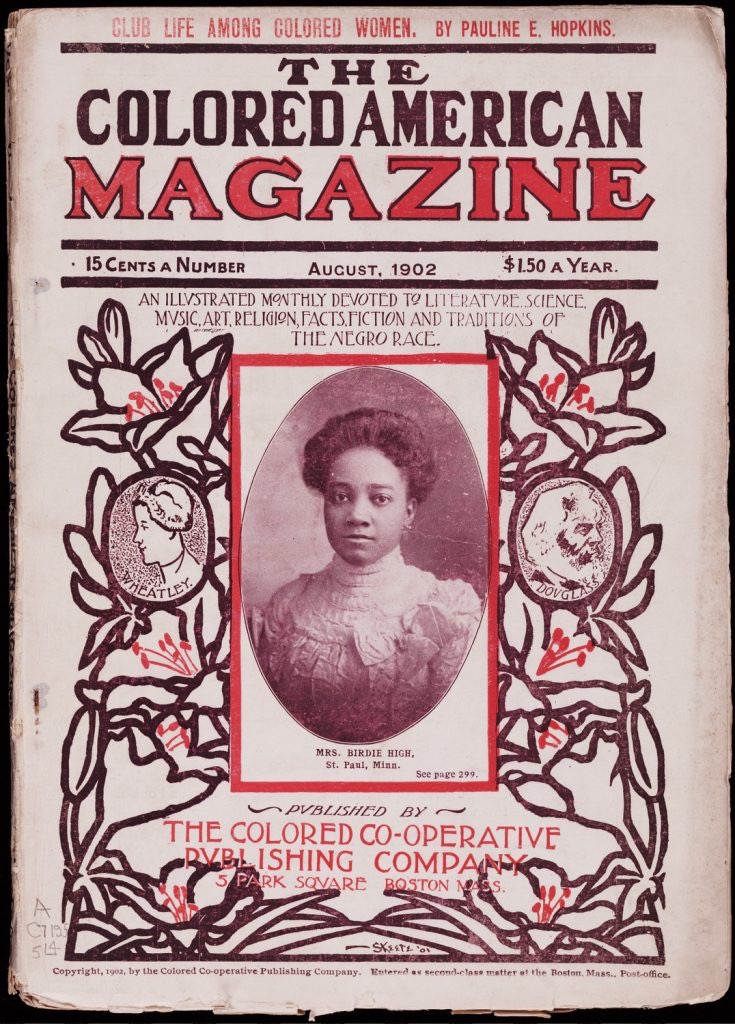
The Colored American Magazine: 1900 – 1909
The Colored American Magazine is the first monthly publication covering African-American culture in Boston, with Pauline Hopkins serving as a writer rather than the editor.
Half-Century Magazine for the Colored Home and Homemaker: 1916 – 1925
Published in Chicago, Half-Century Magazine took its name from the fifty years since the Emancipation Proclamation freed African Americans from enslavement. Katherine Williams, the editor, assumed the reins of Half-Century at 22 from 1916 – 1925, claiming the largest circulation of 16,000 copies per month.
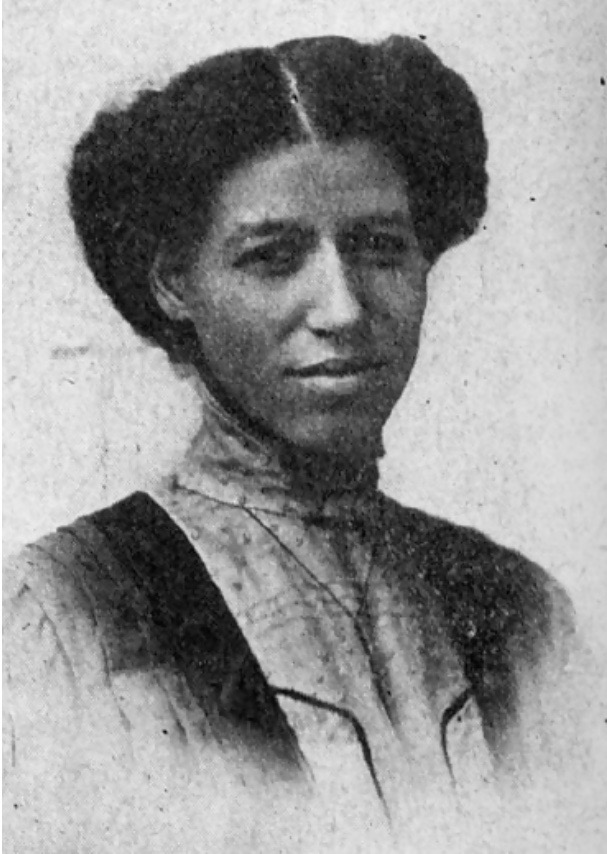
The first issue contained about twenty pages, with roughly one-third of the publication for advertisements—the remaining content for short fiction, biographical sketches, and serialized novels. But wait, more – editorials and several column discussions on etiquette, domestic science, and life in Chicago. And, of course, fashion.
The Bronzeman: 1929 -1933
The Chicago-based circulation that took over where Half-Century Magazine for the Colored Home and Homemaker left off when the magazine folded.
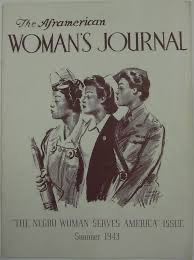
Aframerican Women’s Journal: 1935 – 1954
In the spring of 1940, Mary McLeod Bethune’s National Council of Negro Women (NCNW) introduced the first issue of the Aframerican Woman’s Journal. The quarter publication focused on current events, important issues, and NCNW programming. Why? To help effect change in the lives of African American women in their struggle for civil rights.
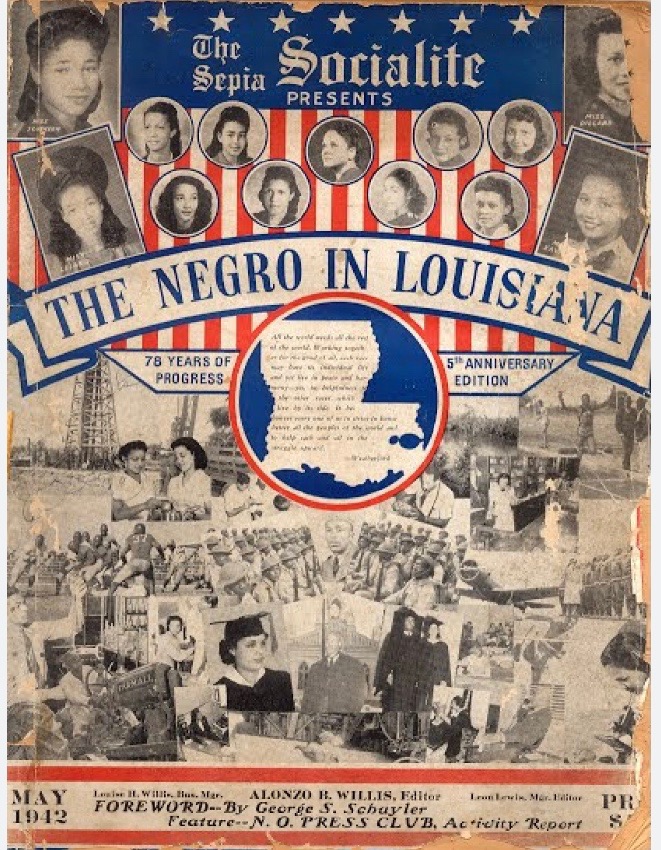
The Sepia Socialite: 1936 – 1938
A New Orleans-based weekly publication by husband Alonzo Williams and his wife Louise circulated from 1936 to 1938.
Tan Confessions: 1950 – 1952
Chicago-based John Johnson, editor, owner, and publisher of Ebony Magazine, founded Tan Confessions in November 1950. In the premier issue, Johnson told readers that the magazine would focus on an aspect of African American life that was virtually ignored in the mainstream press.
I wonder, did Madame C.J. Walker, the first African American millionaire, advertise her hair care products for Black women in any of these publications?
As always, thank you for reading. Stay healthy and safe.😷



